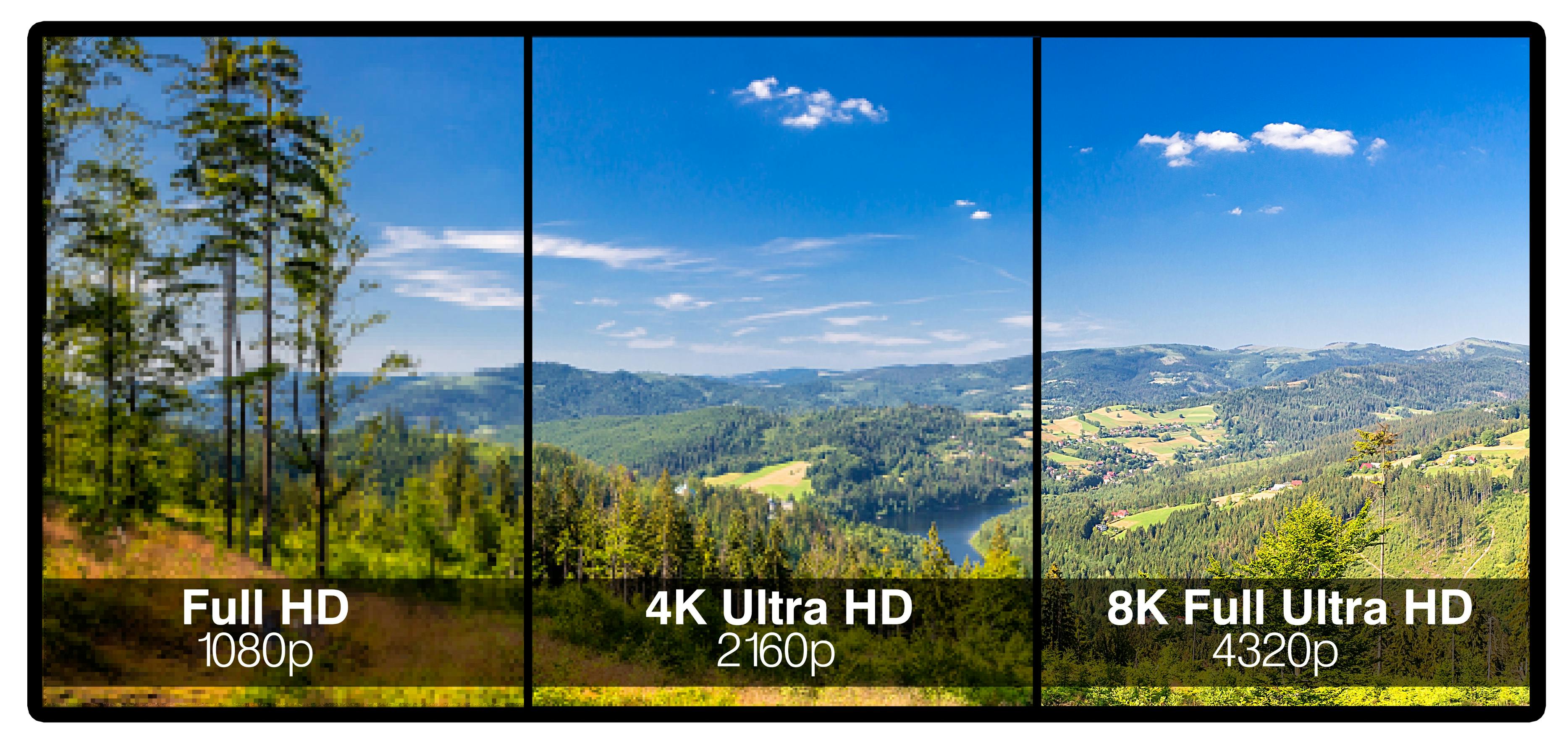Beyond High Definition – Pushing the Boundaries of Video Resolution
In the ever-evolving landscape of digital technology, video resolution stands as a cornerstone of visual experience. Over the years, the pursuit of sharper, more immersive imagery has driven relentless innovation in display technologies. From the early days of standard definition to the advent of high definition HD, and subsequently, ultra-high definition UHD or 4K, the quest for higher resolutions has been unyielding. However, the boundaries of video resolution continue to be pushed beyond conventional limits, ushering in an era of unprecedented clarity and realism. At the forefront of this pursuit lies the realm of 8K resolution. With a resolution of 7680 × 4320 pixels, 8K offers an astounding level of detail that surpasses even the most discerning eye’s expectations. The sheer pixel density of 8K displays results in images that are incredibly crisp and lifelike, providing an immersive viewing experience that transcends traditional resolutions. Whether it is the vibrant hues of nature documentaries or the intricate textures of blockbuster films, 8K resolution elevates visual storytelling to new heights. However, achieving and experiencing 8K resolution is not without its challenges.

The sheer amount of data required to render and transmit 8K content demands robust infrastructure and cutting-edge compression techniques. Moreover, while 8K displays offer unparalleled clarity, their benefits may not be fully realized on smaller screens or from typical viewing distances. As such, the mainstream adoption of 8K technology hinges not only on technological advancements but also on the availability of content optimized for this resolution and the affordability of 8K displays. Beyond 8K, the frontier of video resolution extends into the realm of 16K and beyond. While still in the realm of experimental and niche applications, 16K resolution offers a level of detail that borders on photorealism. With resolutions reaching 15360 × 8640 pixels or higher, 16K displays have the potential to redefine the boundaries of visual fidelity. From architectural visualization to medical imaging, industries that demand unparalleled precision stand to benefit greatly from the advent of 16K resolution. However, the practicality of 16K resolution for mainstream consumers remains a subject of debate. The exponential increase in pixel count comes with diminishing returns in terms of perceptible improvement, especially when viewed on typical screen sizes.
Moreover, the infrastructure required to produce, transmit, and display 16K content poses significant challenges in terms of cost and feasibility. As such, while 16K resolution represents the pinnacle of visual fidelity, its widespread adoption may remain limited to specialized applications for the foreseeable future. Nevertheless, the relentless pursuit of higher resolutions continues unabated, driven by the innate human desire for ever-more immersive experiences. Beyond 16K, emerging technologies such as micro-LED displays, holographic projection, and even direct retinal projection hold the promise of pushing the boundaries of video resolution even further. While challenges remain in terms of technological feasibility, availability, and cost-effectiveness, the allure of sharper, more immersive imagery continues to drive progress in the field of display technology. As we stand on the cusp of a new era of visual fidelity, the boundaries of Video Resolution are poised to be pushed ever further, unlocking new realms of possibility and redefining the way we perceive and interact with the digital world.